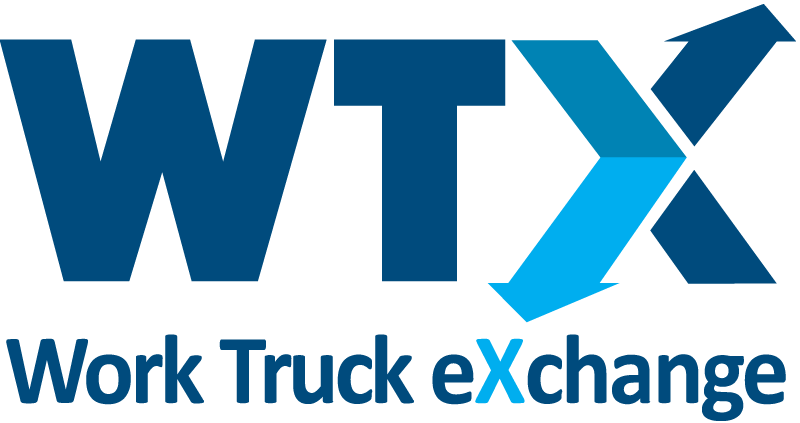We heard the call for a forum to discuss challenges, share best practices, ask questions. And we answered.
Vocational Fleets Are the New Frontier of Global Fleet Management
Multinational corporations are changing the way they source and manage their vocational fleets to better identify true costs and to leverage opportunities to reduce spend and to maximize the operating efficiency of these specialized vehicles.


